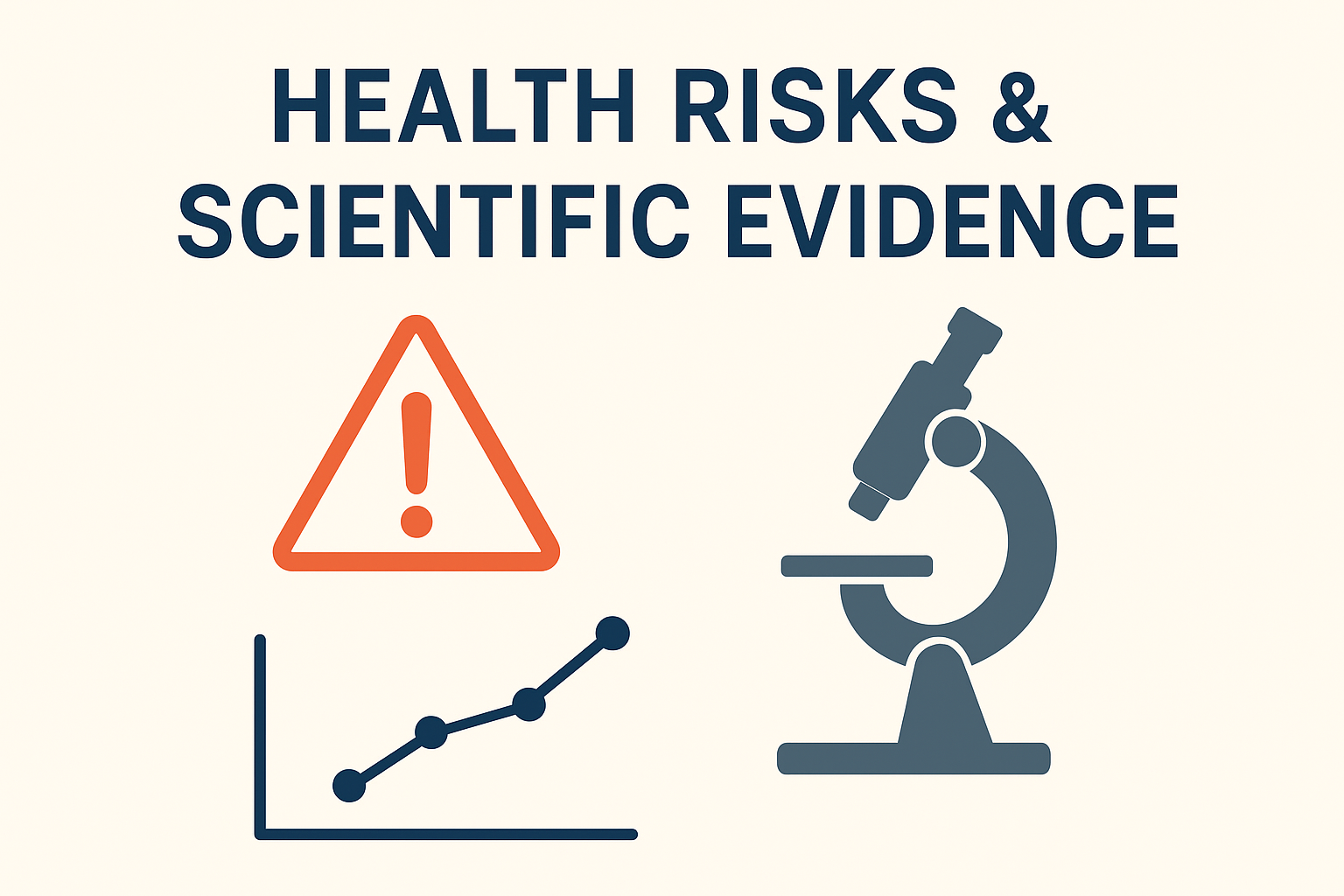Why Say No To Aluminium
November 1, 2025 • ~9 MINS READ

Understanding Materials, Ethics & Tradition
In kitchens across the world, aluminium pots, pans, foils, and containers are ubiquitous—because aluminium is cheap, lightweight, and a good thermal conductor. But underneath the convenience lies a hidden risk: it can leach into food, especially under certain conditions. In this post, we examine scientific evidence, regulatory perspectives, practical cooking advice, and spiritual / cultural reasoning for why many are moving away from aluminium. The goal: to empower readers to make safer, more conscious choices with cookware.
Video: Are Aluminum Pots, Bottles, and Foil Safe? by NutritionFacts.org
How Aluminium Leaches into Food

Scientific studies show that aluminium (and trace metals) can migrate from cookware and containers into food. The rate of migration depends on:
- Acidity or sourness of the food (tomato, tamarind, vinegar) accelerates migration.
- Salt concentration and long duration of contact (e.g. stews, pickles).
- High heat and prolonged cooking times.
- Scratches, pitting, worn or uncoated surfaces.
In a video review titled Friday Favorites: Are Aluminum, Stainless Steel, Cast Iron, and Teflon Safe?, Dr. Greger notes that aluminium users had twice the aluminium in their blood, more oxidative damage, and compromised antioxidant capacity.
Health Risks & Scientific Evidence

While the literature is not entirely unanimous, there are meaningful signals and risk-management views:
- Many authorities estimate that up to ~20% of dietary aluminium intake may come from cookware and food contact materials, especially when acidic or salty foods are involved.
- Excess aluminium (beyond the body's ability to excrete it) can accumulate, especially in brain, bone, and kidneys—posing risk in vulnerable populations (e.g. kidney dysfunction).
- Some studies correlate environmental aluminium exposure with cognitive decline or Alzheimer's risk, although causality is debated.
- One study simulating acidic cooking in aluminium cookware found leaching not just of aluminium but also lead, cadmium and other trace metals — significant in informal or unregulated manufacturing contexts.
(Note: The evidence is suggestive rather than definitive in many cases. But the precautionary principle argues for reducing avoidable exposures.)
Spiritual, Cultural & Traditional Perspectives
In many Indian spiritual and Ayurvedic traditions, cookware choice is not just functional but symbolic: purity (śuddha), energetic quality (śakti), and ritual integrity matter. Over centuries, metals like copper, brass (peetal), clay, iron, and silver have been preferred for puja, water storage, and cooking.
Traditional reasoning often holds:
- Metals like brass or copper are believed to imbue beneficial energy to food, supporting sattvic (pure) qualities.
- Aluminium is often seen as less "noble" or "energetically neutral," with a higher tendency to degrade, scratch, or leach.
- Temples and pious households often specify no aluminium in sacrificial or ritual cooking, preferring brass, copper, stainless, or clay.
You can present these not as dogma but as a value-based preference: health + purity. Many in your audience may already hold respect for tradition, so linking the scientific concerns to spiritual values increases resonance.
What to Use Instead — Smart & Safe Cookware Choices
It's not about perfection — it's about reduction of risk. Here are safer choices and tips:
- Food-grade stainless steel (304 / 316): Very reliable for most cooking, including acidic dishes.
- Cast iron: Durable and stable; may add beneficial iron to diet (if not used for strongly acidic foods). Use seasoning carefully.
- Enameled cast iron / enameled steel: Has inert coating, combining durability and low reactivity.
- Anodized aluminium: Safer than raw aluminium, due to a hardened oxide layer; still, avoid long contact with acidic foods when surface is damaged.
- Clay / unglazed earthenware (food-safe, lead-free): Traditional, inert, and spiritually resonant—just ensure safety from lead/contaminants.
- Copper / brass (with safe lining): Good for certain uses (e.g. water pots, cooling vessels) — but for cooking acidic food, a nonreactive lining is needed (e.g. tin, stainless inner layer).
The key is: start replacing the most reactive, most used aluminium cookware first (tomato pans, long-simmer pots, foil storage). Over time, upgrade more items.
Tips — What You Can Do Today
- Avoid cooking acidic or high-salt dishes in aluminium — tomato curry, tamarind gravies, pickles, etc.
- Don't store food long-term in aluminium containers, especially sour or salty dishes.
- Replace scratched or worn aluminium cookware; don't wait for the "expiry" to cause leaching.
- When using aluminium foil for baking or covering, avoid direct contact with highly reactive foods for long durations.
- Prefer stainless or enamel cookware for your daily, high-use pot or pan.
- If you must use aluminium seldomly, use it for neutral foods (like steaming or non-acidic dishes) and avoid prolonged heat.
"Purity is not just a ritual word; it's daily choice. Saying 'No' to aluminium in our kitchens is a small step that blends health, tradition, and awareness—one pot, one meal, one generation at a time."
References & Further Reading
- NutritionFacts.org — Can We Safely Use Aluminum Foil, Bottles, and Pots?
- NutritionFacts.org — Friday Favorites: Are Aluminum, Stainless Steel, Cast Iron…
- YouTube video Are Aluminum Pots, Bottles, and Foil Safe?
- Studies on metal leaching from aluminium cookware in acidic media
- Articles on cookware safety, migration, and regulation
Embrace Purity in Every Meal
Start your cookware upgrade today — replace one aluminium item with a safer one.
